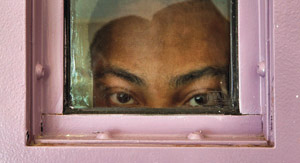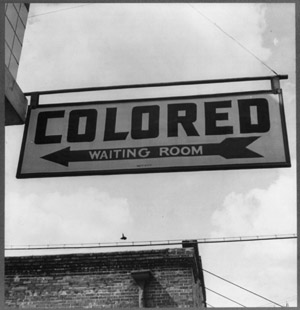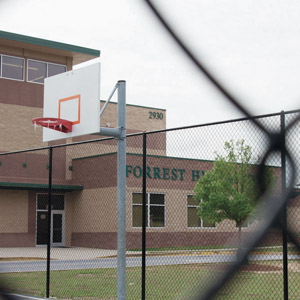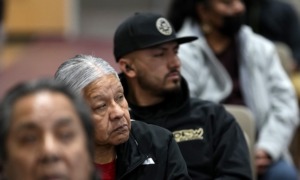On this day 50 years ago, more than 200,000 people made the historic March on Washington for Jobs and Freedom. Culminating in Martin Luther King Jr’s historic “I Have a Dream” speech, the March paved the way for the passing of the 1964 Civil Rights Act and the 1965 Voting Rights Act.
In 2012, Youth Today published “The New Jim Crow,” a series of articles focused on the current state of race, civil rights and youth, and exploring the important question: How far have we really come? In honor of the 50th anniversary of the March and King’s speech, Youth Today has collected those articles and made them free to read.

There are now two different versions of African-American history. The first is the inspiring story of slaves who were given their freedom after the Civil War. The second is the tale of a harsher reality in which black Americans have moved from slavery through a series of lesser racial caste systems over the last 150 years. Many of America’s young black men are ensnared in the second story.
“The Racial Gap in Learning, Discipline”
When is a three-day suspension simply three days out of school, and when is it the first step into the school-to-prison pipeline? Eexperts haven’t decided whether the misbehavior or the trouble learning comes first. And they don’t know whether either or both contribute to black students being punished more frequently and more harshly than white students.
 Sara Fritz investigates the history of Jim Crow in Farmville, Va., and it’s present-day impact on public education funding.
Sara Fritz investigates the history of Jim Crow in Farmville, Va., and it’s present-day impact on public education funding.
She writes, “Over the past 60 years, this county government has been notoriously cheap, especially when it comes to paying for public education. This is, after all, the only local jurisdiction in the United States that actually abolished public education for five years – between 1959 and 1964 – to delay racial integration of the schools.”
“It Starts in the School: Reality of Racial Disparity”
Critics argue that zero tolerance policies have turned many urban schools into bunkers and placed a premium on safety at the expense of education. Police officers have largely replaced educators as the new “first responders,” cracking down on even minor offenses, which can stain a youth’s record and ruin the youth’s career. Some see this reality as just the latest version of Jim Crow, replacing laws that blocked black achievement with policies that do the same thing.

As an inmate at Coffee Correctional Facility in far southeastern Georgia, Patrick Welch, 20, said he was well-prepared for prison life after spending eight months at an Atlanta Public Schools alternative school for disruptive students. A civil rights attorney described the school, Forrest Hill Academy (FHA), as a “prison before prison for the kids.”
In 2008, the American Civil Liberties Union of Georgia sued the school system for operating the middle and high schools as what the group said was actually a “warehouse for poor children of color.”
“Grim: Job Outlook for Young African Americans”
“I have a lot of hope,” said D’Andray Jackson, 15, an eighth-grader standing atop busted concrete early on a school day. Asked about career dreams, he shoots high.
“I’m thinking business,” he said. “The CEO of something, anything. … It is crazy, but yeah, I’ve got hope.”
D’Andray’s hope belies the employment record for black youth.































